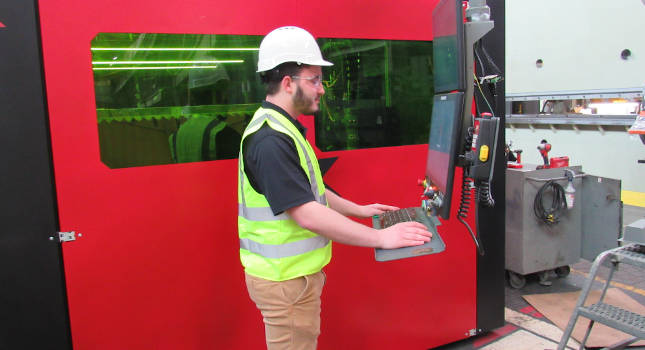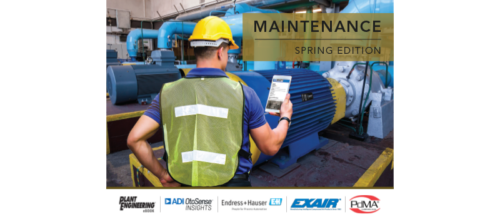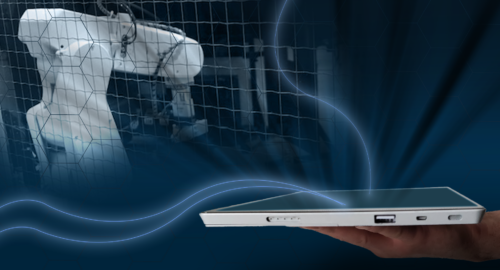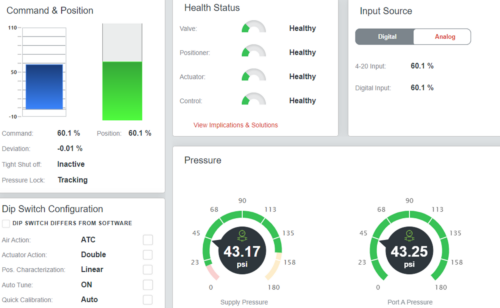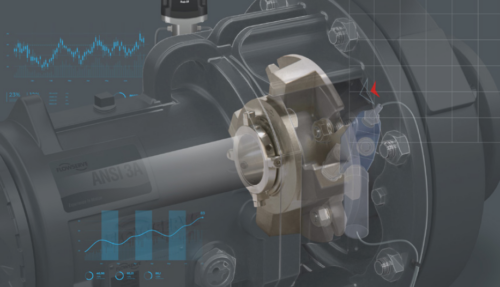How to improve the maintainability of critical assets
Four efficient and effective ways to improve maintainability of critical assets.
Maintainability is defined as the relative ease of time and resources within which the maintenance can be performed on any equipment. The objective of maintainability is to sustain or return the equipment to its intended condition when the maintenance is performed. From a design engineering perspective, there is also a probability the equipment can be restored to its intended state once maintenance is performed after failure.
Depending on the nature of application and equipment involved, the maintenance activities could range from simple visual inspection to a complex set of instructions requiring execution in a strict order. Since any manufacturing plant or process facility often contains hundreds of assets, applying detailed optimization analysis on each asset is not feasible. The best approach is prioritizing assets for an analysis based on the criticality of their risk of failures.
Improving data collection for maintainability
Gathering high-quality data is the single most important task to accurately perform any statistical analysis. Maintainability engineers often find challenges with the quality of data, which impede the ability to accurately identify the task requirements, thus the need to simplify the maintenance process.
The lack of data leads to speculations as opposed to concrete data-driven evidence that leads to decisions based on confirmation biases. One effective approach to improve data quality is to develop a standard process to collect data. This involves creating hierarchies for assets, recording failure modes in a consistent nomenclature and implementing continuous improvement processes for data.
Integration of data silos into a single large integrated database is another effective technique to ensure the readiness, accuracy and consistency of data. The term maintainability for any equipment is often confused with other conflicting parameters, such as reliability and availability. For example, increasing the amount of maintenance on a pump installed on main oil pipelines will disrupt the operational availability due to planned downtime. Increasing the design reliability also can increase system dependability and reduce failure rates while increasing maintainability performance.
Since reliability, maintainability and availability are intertwined statistical parameters, the availability of data will also ensure accurate balancing analysis to optimize maintainability from the perspective of overall equipment effectiveness.
Improving organizational capabilities
Realizing team competencies and organizational culture is another important aspect to ensure maintenance is effectively carried out. No two maintenance technicians will decipher the same maintenance instructions at the same level of competence. One maintenance instruction may appear to be simple to experienced technologists, but tedious for a novice technician who has just started their career. Therefore, one of the important design considerations in maintainability analysis is to consider the human factor aspects.
This involves providing cyclic training, education and rotational experience for the staff, so they can gain confidence in every aspect of equipment maintenance. Implementing and sustaining the capacity-building process will improve maintainability in the sense less time will be used to maintain the equipment without any errors, near misses or mishaps, which improves the overall equipment and plant uptime.
Proactive maintenance planning
Proactive planning is another proven technique to decrease the reactive or unplanned maintenance on the equipment to improve its overall maintainability. Proactive maintenance planning, in simple terms, is achieved by collecting equipment conditions and performance data and applying predictive algorithms to determine future performance.
Predictive analysis can inform maintenance planners about potential onsets of critical failures that can have a significant impact on operations. The analysis can be leveraged to plan for tools, resources and competencies needed to perform maintenance. The same can also be used to implement engineering controls and do equipment design retrofits to avoid the potential onset of failures, which also reduces maintenance requirements for the equipment.
Implement a computerized maintenance management system
A computerized maintenance management system (CMMS) is a software tool used to perform a range of activities related to equipment maintenance planning. This involves automatically generating maintenance work orders, storing equipment failure and maintenance records and performing predictive analytics. It can also be used to develop interactive dashboards that outline key maintenance metrics, such as mean time to repair (MTTR), mean downtime (MDT), mean time to failure (MTTF), etc.
CMMS acts as a foundation to collect, store, maintain and improve data and enable intelligent decision-making to optimize maintenance. Without a CMMS, maintenance is likely going to be reactive or preventive with limited or no aspects of planning. A CMMS develops the structure of maintenance work and patterns that inform planners when and what maintenance activity should be carried out and on which equipment.
Conclusion
Improving maintainability can be a complex process that involves a careful analysis and optimization of conflicting factors such as resources, time and competencies, along with desired reliability and availability of equipment. The best approach is prioritizing assets for such analysis based on the criticality of their risk of failures.
One of the most effective strategies is to implement a CMMS that can hit several birds with a single stone, from improving data quality to bringing structure to maintenance work and enabling predictive analysis. While the implementation of software can bring value, it has to be accompanied by training and competency building to ensure people have enough knowledge to not only perform maintenance on equipment, but also leverage CMMS to its fullest extent.
Do you have experience and expertise with the topics mentioned in this content? You should consider contributing to our CFE Media editorial team and getting the recognition you and your company deserve. Click here to start this process.

